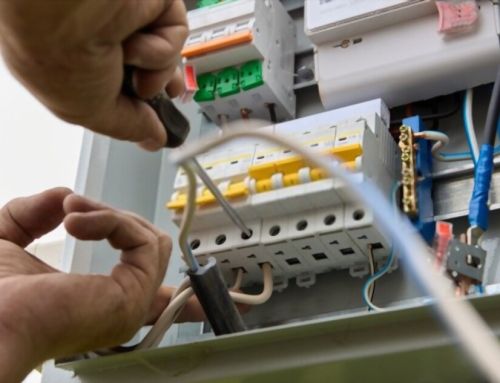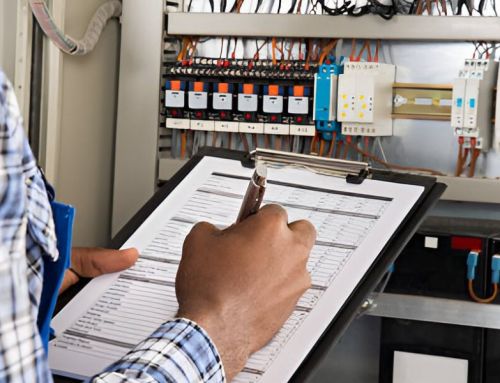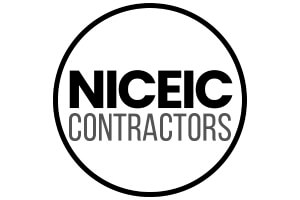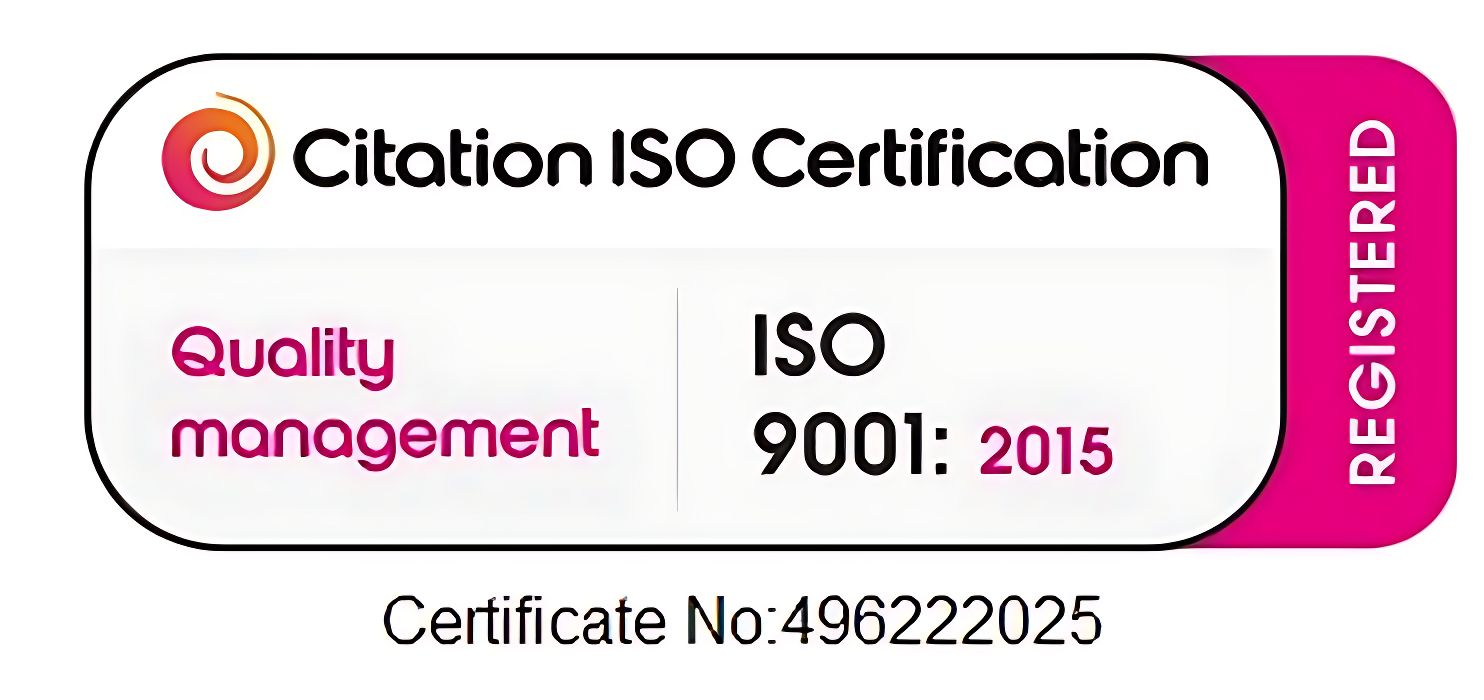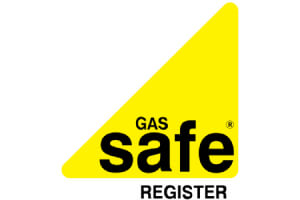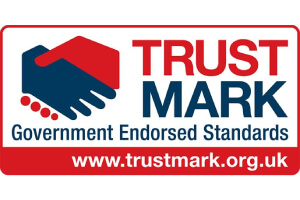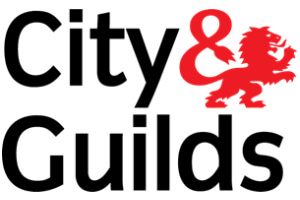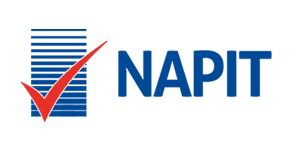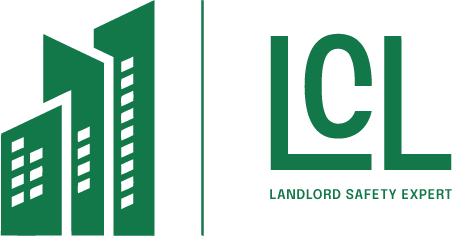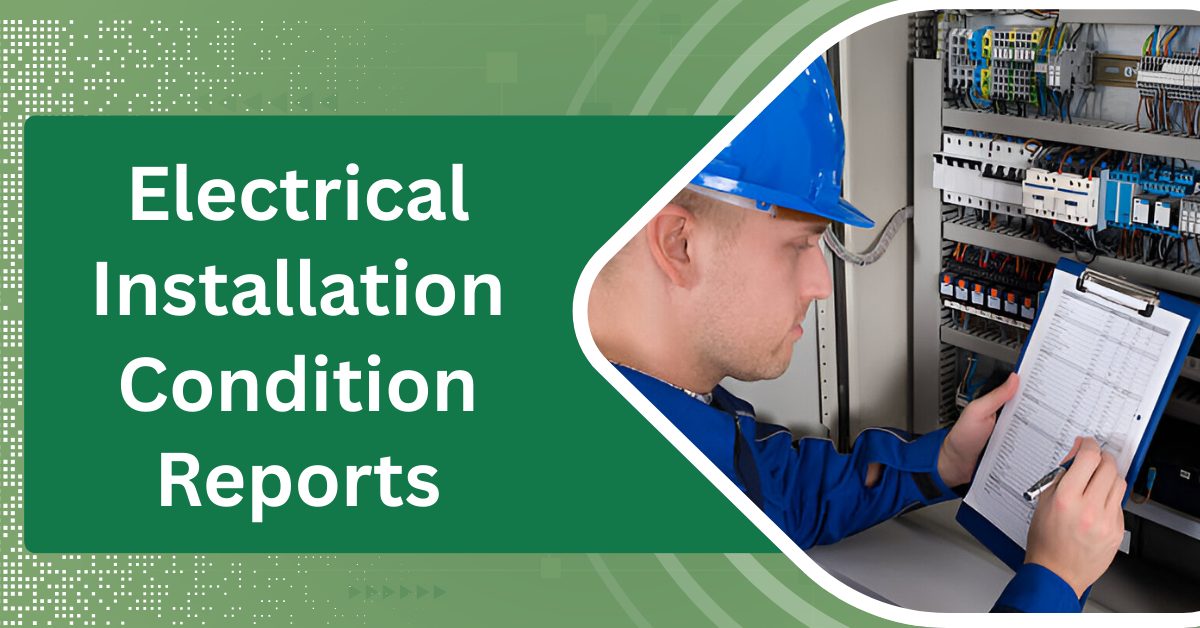
When you’re responsible for a property’s safety, understanding Electrical Installation Condition Reports (EICRs) isn’t just wise—it’s essential for compliance and risk management. EICRs methodically assess your electrical systems against the latest regulations, pinpointing issues like outdated wiring or hidden faults. Without regular, thorough inspections, you expose occupants and assets to preventable hazards and potential legal consequences. But what exactly does an EICR entail, and how do you interpret its findings?
Key Takeaways
- An EICR assesses the safety and condition of a property’s electrical installations through systematic inspection and testing.
- It identifies hidden faults, deterioration, and regulatory non-compliance to reduce the risk of electric shocks and fires.
- Outdated wiring, fuse boxes, and switches are documented as part of the inspection for risk evaluation and compliance.
- EICRs are essential for legal, insurance, and safety requirements in residential, rental, and commercial properties.
- Inspection results are coded by urgency, requiring prompt rectification of dangerous or potentially dangerous defects.
Why Electrical Installation Condition Reports Matter
Because electricity is both essential and potentially hazardous, Electrical Installation Condition Reports (EICRs) play a critical role in maintaining the safety and compliance of any property. When you commission an EICR, you’re proactively addressing hidden risks such as deteriorating insulation, overloaded circuits, or unsafe connections—issues often concealed within walls or service panels.
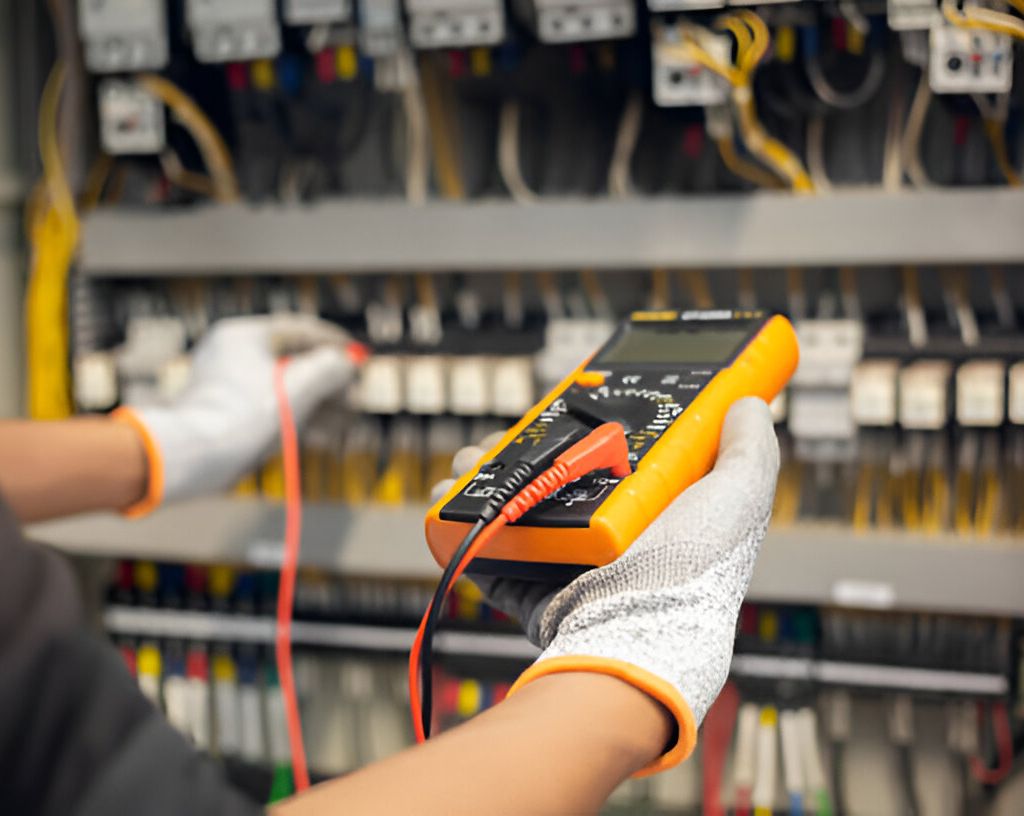
Faulty wiring is a leading cause of electrical fires, so regular, systematic inspections are fundamental for risk mitigation. EICRs support regulatory compliance with standards like the IET Wiring Regulations and the Health and Safety at Work Act.
They also provide defensible documentation for insurance and legal requirements. By prioritising EICRs, you ensure your electrical systems operate efficiently, reduce liability, and uphold occupant safety, ultimately protecting both property and people.
Recognising Outdated Electrical Installations
When assessing the safety of your property’s electrical system, identifying signs of outdated installations is essential for compliance and risk management. You must recognise specific visual and material indicators that signal an obsolete system, increasing the likelihood of non-compliance with current IET Wiring Regulations.
Outdated installations may not meet modern safety standards, posing increased risks of fire and electric shock.
Look for these key indicators:
- Cable insulation: Presence of black rubber, lead, or fabric-coated cables, all phased out before the 1960s.
- Consumer units: Fuse boxes with wooden backs, cast iron switches, or rewirable fuses, which no longer meet current safety requirements.
- Accessories: Older round-pin sockets, brown bakelite switches, or light switches installed inside bathrooms.
Documenting these features during an EICR ensures thorough risk evaluation and regulatory adherence.
What an EICR Covers and Its Key Purposes
Although electrical installations may appear safe on the surface, an Electrical Installation Condition Report (EICR) provides a systematic assessment of your property’s wiring, circuits, and associated components to ensure compliance with current IET Wiring Regulations.
During an EICR, a qualified electrician examines the integrity of cables, connection points, protective devices, and distribution boards. You’ll receive detailed observations about potential hazards, deterioration, or deviations from regulatory standards.
The report’s primary purposes are to identify electrical safety risks, highlight non-compliance, and record the installation’s condition for future reference. It also helps you detect risks of electric shock, fire, or equipment damage.
Types of EICR Assessments Available
While ensuring ongoing electrical safety and compliance, it’s essential to choose the right type of Electrical Installation Condition Report (EICR) assessment for your property. Each assessment type addresses distinct requirements, so understanding their scope is crucial for regulatory adherence and effective risk management.
You’ll typically select from the following:
- Visual Condition Report: A non-intrusive assessment where the electrician inspects visible components without testing or dismantling. This type is suitable for newer or recently tested installations.
- Periodic Inspection Report: A comprehensive evaluation involving detailed testing, measurement, and verification of electrical circuits and components. It is recommended for older or rental properties.
- Specialist EICR: Tailored assessments for unique environments, such as properties with swimming pools or high-risk commercial settings. These require additional scrutiny per specific regulations.
Choosing the correct EICR type ensures precise compliance and optimal safety.
The EICR Inspection Process Step by Step
Before an EICR can be issued, a qualified electrician follows a systematic procedure to evaluate the safety and compliance of your electrical installation. You’ll see the inspection begin with a thorough visual assessment, checking for signs of damage, wear, or outdated equipment.
Next, the electrician isolates the supply and conducts a sequence of live and dead tests, measuring earth continuity, insulation resistance, and polarity. They’ll rigorously compare each circuit against the latest IET Wiring Regulations, ensuring all protective devices and connections function as intended.

Sampling may be agreed upon for larger installations, balancing thoroughness with practicality. Throughout, the electrician documents observed defects, coding their severity based on regulatory criteria.
This meticulous process underpins the integrity, safety, and legal compliance of your electrical system.
Understanding EICR Results and Next Steps
Once the EICR inspection concludes, you’ll receive a detailed report outlining the condition of your electrical installation and highlighting any issues that compromise safety or compliance with current IET Wiring Regulations. Each observation is coded by severity—C1 (danger present), C2 (potential danger), C3 (improvement recommended), or FI (further investigation required).
You must address C1 and C2 defects promptly, as these pose immediate or potential risks to occupants. C3 observations, while not mandatory, should be considered for compliance and best practice.
Your next steps involve:
- Reviewing each observation and corresponding code for regulatory impact.
- Obtaining competitive quotes for any recommended remedial work.
- Ensuring all urgent defects are rectified by a qualified electrician and securing a Certificate of Safety after completion.
How Often Should an EICR Be Carried Out?
Although electrical installations are often out of sight, regular Electrical Installation Condition Reports (EICRs) are essential to ensure compliance with the latest IET Wiring Regulations and maintain a safe environment.
You should commission an EICR at intervals dictated by property type, installation age, and usage. For domestic homes, current best practice recommends every 10 years, but rental properties legally require EICR testing at least every five years, or upon change of tenancy.
Older installations, or those exposed to adverse environmental conditions, demand more frequent assessment. High-risk locations—such as properties with swimming pools—need annual inspections.
If you alter the installation or suspect misuse, schedule an immediate report.
Adhering to these intervals safeguards occupants, ensures regulatory compliance, and provides a robust framework for proactive electrical maintenance.
Frequently Asked Questions
How Much Does an EICR Typically Cost for a Standard Home?
You can expect to pay between £120 and £250 for a standard home inspection. Costs depend on property size, circuit quantity, and regional rates. Ensure you hire a qualified, registered electrician to guarantee compliance with regulatory standards.
Who Is Qualified to Carry Out an EICR Inspection?
You must hire a qualified electrician or an approved contractor registered with a recognized regulatory body, such as NICEIC or NAPIT. They’ll possess current training, insurance, and certification, ensuring work meets the latest wiring regulations and safety standards.
Is an EICR Required When Selling a Property?
When selling a property, you aren’t legally required to obtain a formal electrical safety report. However, you should provide evidence of electrical safety, as potential buyers and solicitors increasingly expect detailed documentation to verify compliance with current regulations.
About the Author: LandlordCertificate
Related Posts
Get Social
Recent Posts
- Fire Risk Assessment Review as a Driver of Stronger Safety Control
- Comprehensive EICR London Services for Every Property
- System Planning for Large Buildings with Fire Alarm Installation
- Fire Service Fire Risk Assessment for Stronger Safety Management
- Electrical Risk Clarity Improved Through an EICR Report


